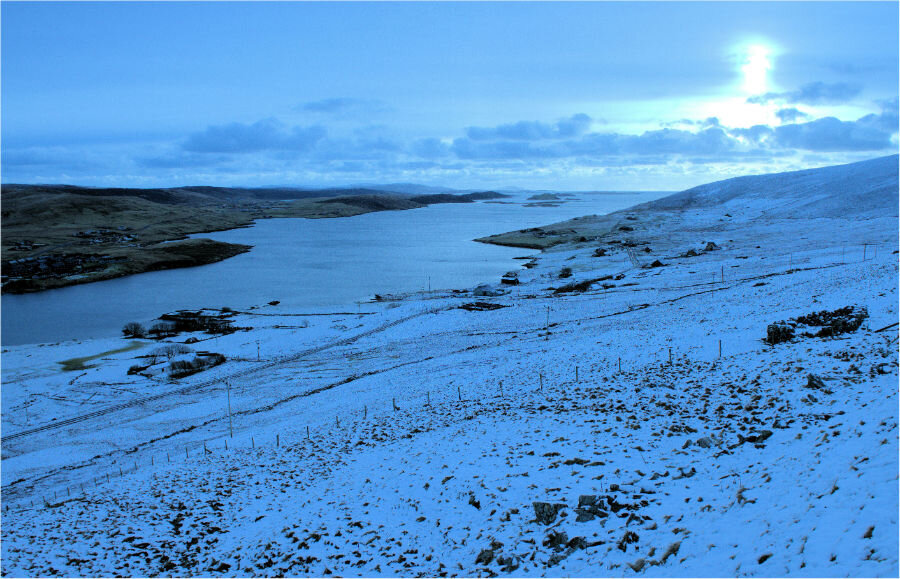Every month, we look at what each district in our islands can offer for new residents. This month, we visit Tingwall, Whiteness and Weisdale, three adjoining parts of Shetland's central mainland.
Tingwall was the site of the Norse parliament; the word is from the same root as Tynwald, today's Manx parliament. Tingwall is set in a broad, shallow valley that's open to inlets of the North Sea at its northern end and of the Atlantic at its southern end. The land is quite fertile, with a number of crofts and small farms.
There's a primary school and a modern, well-supported community hall, which is the setting for lively monthly debates on topics ranging – this season – from politics to the merits of beards. These are run by the Althing Social Group, and they're well attended, not only because of the wit and wisdom on offer but also thanks to the delicious bannocks, home-baked cakes and tea that are served before the debate is thrown open to the floor. Tingwall also boasts a 9-hole golf course, beautifully set by the Lochs of Asta and Tingwall, and there's another, 18-hole course just a mile or so to the east at Dale; there's also a garden centre.
Whiteness lies to the west of Tingwall, separated from it by a low ridge of hills, and its main feature is the long, narrow peninsula that gives the area its name. From the main road, there are spectacular views over Whiteness, Strom Ness and the islands that lie beyond. Around the Loch of Strom, it's a gentle, intimate landscape; and this is also the venue for Shetland's enthusiastic community of model yachtspeople.
Whiteness has two shops, one of them a small supermarket with a filling station, and there is also a primary school – which also serves Weisdale – and Strom Park, home to the Whitedale football team that plays in Shetland competitions.
Beyond the school, the main road continues northwards through Weisdale, another of the valleys that run north to south through the central mainland. The view is dominated to the west by the steep slopes of Weisdale Hill (260m/850"), but mellowed by lots of trees and shrubs around houses and by Shetland's largest tree plantations at Kergord, towards the north end. There, planting over the past century or so has produced a remarkable semi-wooded landscape, quite unlike any other part of Shetland. It's host to Britain's most northerly rookery, the occasional cuckoo and a woodland ecosystem, complete with bluebells and foxgloves. Although the main constraint on woodland in Shetland is not weather but grazing sheep, it helps that Weisdale is less affected than some parts of Shetland by salty gales. Local gardeners appreciate that, too.
Just south of the plantations is the old Weisdale Mill, which has been converted into an art gallery, Bonhoga. It offers exhibitions by local and visiting artists, a gift shop and a delightful conservatory café from which it's sometimes possible to spot a heron or an otter in the stream below.
All three areas have seen new house-building over recent decades, helped by the fact that almost everywhere in the district is between ten and twenty minutes from Lerwick on an excellent road. Between them, Tingwall, Whiteness and Weisdale offer some very attractive options as places to live, with friendly communities; beautiful landscapes and seascapes; and easy access to all other parts of Shetland. Everywhere, there are opportunities for walking, fishing or boating in sheltered voes and sounds.

